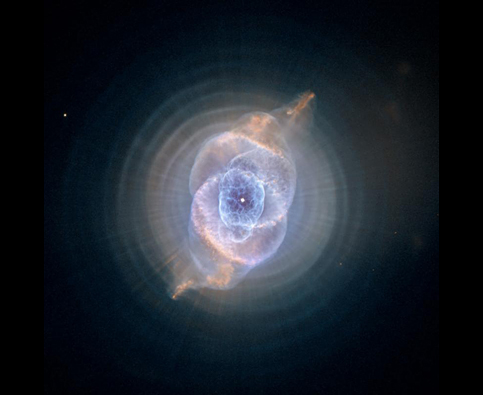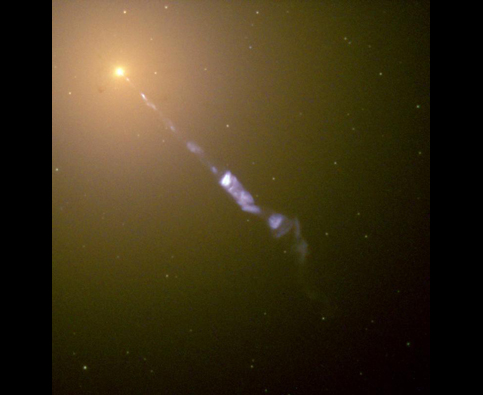Hubble Telescope at 20: Images now on Google Earth

I have a special affinity for the Hubble Space Telescope. Run by the Space Telescope Science Institute on the Johns Hopkins University campus and developed in part by scientists at the JHU Applied Physics Laboratory, Hubble is closely tied to my alma mater. It also launched in 1990 and, to a 14-year old geeky kid who had just gotten his own telescope for Christmas, Hubble was incredibly cool. Now 20 years old, the telescope is on its last legs with just four more years of life expected before it is replaced by the infrared James Webb Space Telescope. Even at the ripe old age of 20, though, Hubble continues to amaze, and its galleries are well worth exploring on Google Earth.
Although Hubble images have been available in Google Earth for some time, a new tour of the available images is available from Google in honor of the 20th anniversary. The zooming capabilities are pretty remarkable and each part of the tour links to the relevant areas of hubblesite.org. The Cat's Eye Nebula, for example, shown below,  is linked to information about its formation, high-resolution photos, video (shown below embedded form YouTube, but available as high-resolution downloads on Hubblesite), and additional resource links online.
is linked to information about its formation, high-resolution photos, video (shown below embedded form YouTube, but available as high-resolution downloads on Hubblesite), and additional resource links online.
The integration with Google Earth allows Hubble's major discoveries to be located on star charts and put in the context of constellations that we can identify. A quick double-click takes us many light years away, flying past intermediate stars to features as diverse as Galaxy M87 where we can zoom in on "a black-hole-powered jet of electrons and other sub-atomic particles traveling at nearly the speed of light."

While you're at it, this isn't a bad time to check out the other "sky database" features of Google Earth. The current sky events layer is particularly interesting, including both a visual of (not surprisingly) what objects you can see from a given location, but also links to podcasts and extra educational information. There are also links to Stardate broadcasts from the University of Texas which are quite accessible for most audiences.
Say what you will about Google and its privacy issues, but like the company or not, Google Earth remains one of the cooler educational resources for geography, oceanography, and, in this case, astronomy.